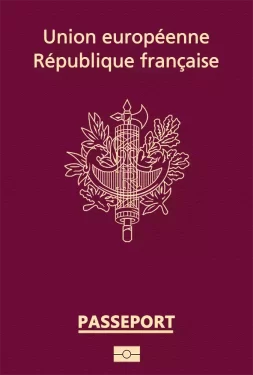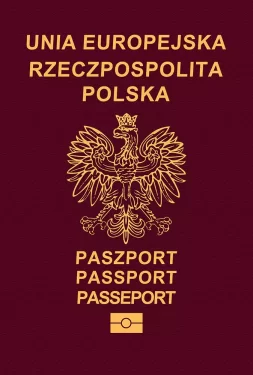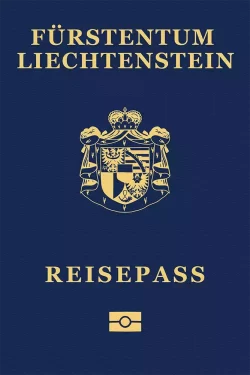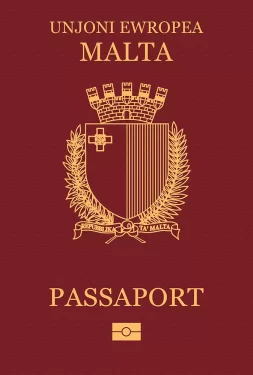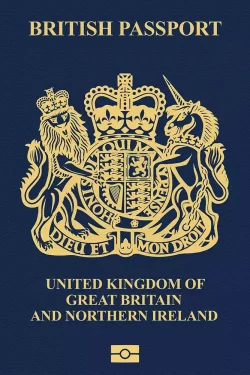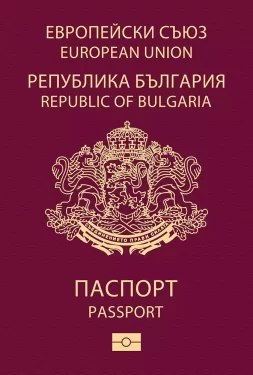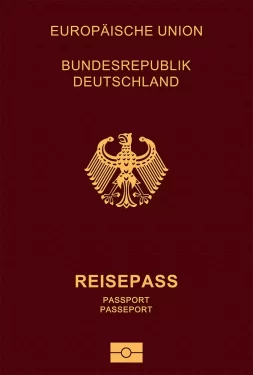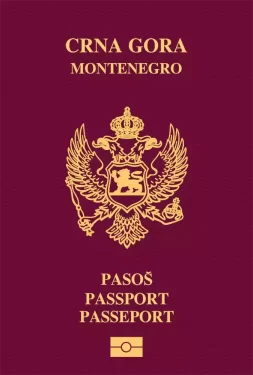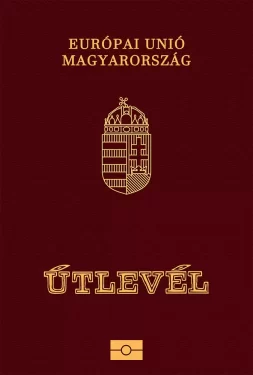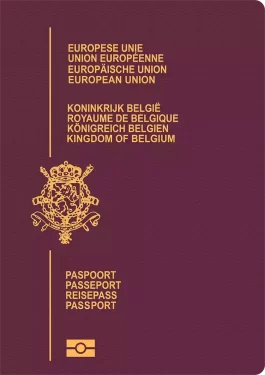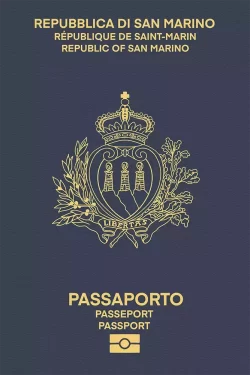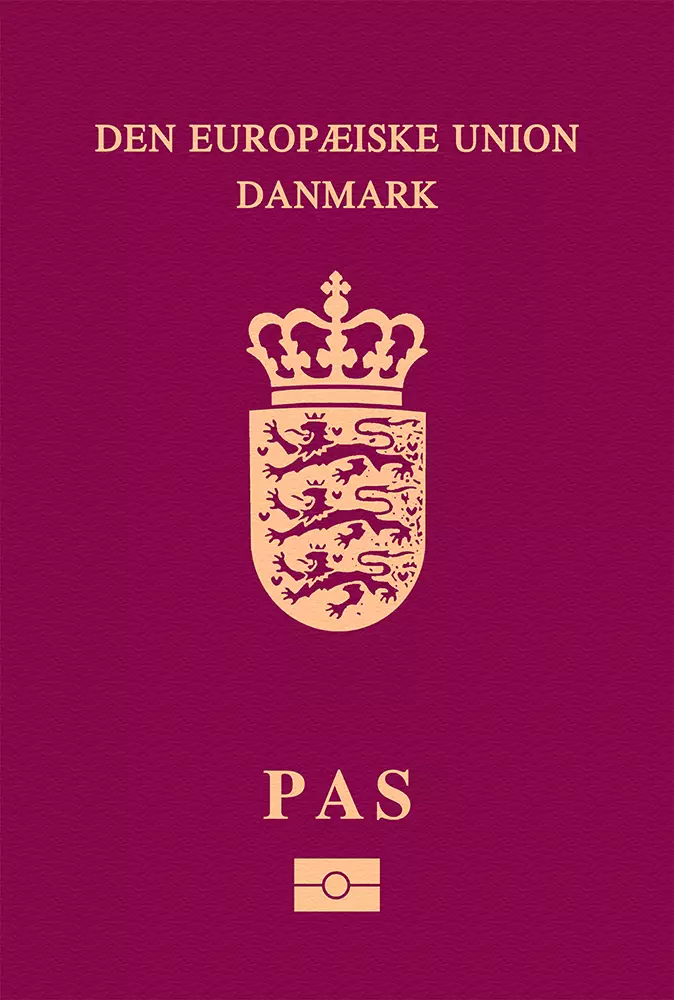
Denmark
Denmark passport ranking
The Danish passport is currently ranked 4th place on the Guide Passport Index. It provides visa-free access to 191 countries. It is considered one of the most desirable passports in the world with a very high mobility score. Danish passport holders have visa-free access and visas on arrival to countries such as Brazil, Japan, United Kingdom, United Arab Emirates and United States allowing almost instant travel worldwide. Danish passport holders do however require a visa to enter about 38 destinations in the world. Some countries where a visa is required are China, India and Russia.
Denmark Passport Ranking
The Denmark passport ranking relative to other global passports is calculated by adding up the number of countries that allow Denmark passport holders to enter without a visa (i.e. visa-free countries) and those that allow Denmark passport holders to enter by obtaining a visa on arrival (i.e. visa-on-arrival countries) or electronic travel authorization (eTA). There are currently a total of 149 Denmark passport visa-free countries, 30 Denmark visa-on-arrival countries, and 12 eTA destinations.
Altogether, Denmark passport holders can enter a total of 191 destinations—either without a visa, through a visa on arrival, or via an eTA. As a result, the Denmark passport ranks 4 in the world.
Separate from these Denmark visa-free countries and visa-on-arrival countries, there are 38 additional destinations in which Denmark passport holders either need a physical visa to enter or an eVisa (i.e. visa required countries).
About Denmark
The Kingdom of Denmark consists of five regions and is part of the European Union. The five regions are Hovedstaden, Sjælland, Syddanmark, Midtjylland, and Nordjylland. Denmark has a surface area of 42,933 square kilometers. The nation’s only bordering country is Germany with a border length of 140 kilometers. Its climate is temperate with mild windy winters and cool summers. Its geography consists mostly of low and flat terrain with some rolling plains.
The overall population is 5.9 million people. The capital of the country is Copenhagen, which is also the most populous city with 794,128 inhabitants. Other important cities are Aarhus and Odense. The largest airport is Copenhagen Airport (CPH) with 30.2 million passengers per year followed by Billund Airport (BLL) with 3.5 million yearly passengers. Copenhagen Airport is the 17th busiest airport in Europe and provides access to all parts of the world.
Danish culture has strong ties with its Scandinavian neighbors. It is one of the most forward-thinking countries in the world in terms of tolerance and acceptance policies. The official language is Danish. The legal system is the civil law with judicial review of any legislation. The government type is a parliamentary constitutional monarchy. The chief of state is Queen Margrethe II and the head of government is Prime Minister Mette Frederiksen.
The official currency of the nation is the Danish Krone (DKK) with the current exchange rate being DKK 6.8 to the USD. The country has a modern market economy, generating a GDP of approximately $390 billion, making it the 23rd largest economy in Europe. Its citizens have a per capita income of $66,516. The GDP is mostly made up of services (75%) and the industry sector (22%). Its main goods of exports are wind turbines, pharmaceuticals, medical equipment, ships, barley, and pork. Denmark’s economy experiences moderate growth of about 2% per year.
Denmark is the oldest kingdom in Europe, it offers a variety of historic and natural sites for visitors. It is especially known for its architecture and beaches. Some of the major destinations include the Tivoli Gardens, Nyhavn, the National Museum of Denmark, Christiansborg Palace, and the Lyngby Open Air Museum. Copenhagen has developed into a progressive culinary center with several resident Michelin chefs. The nation has a total of over 7.7 million tourists visiting every year. The majority of tourists are originating from Germany and the neighboring Scandinavian countries.

